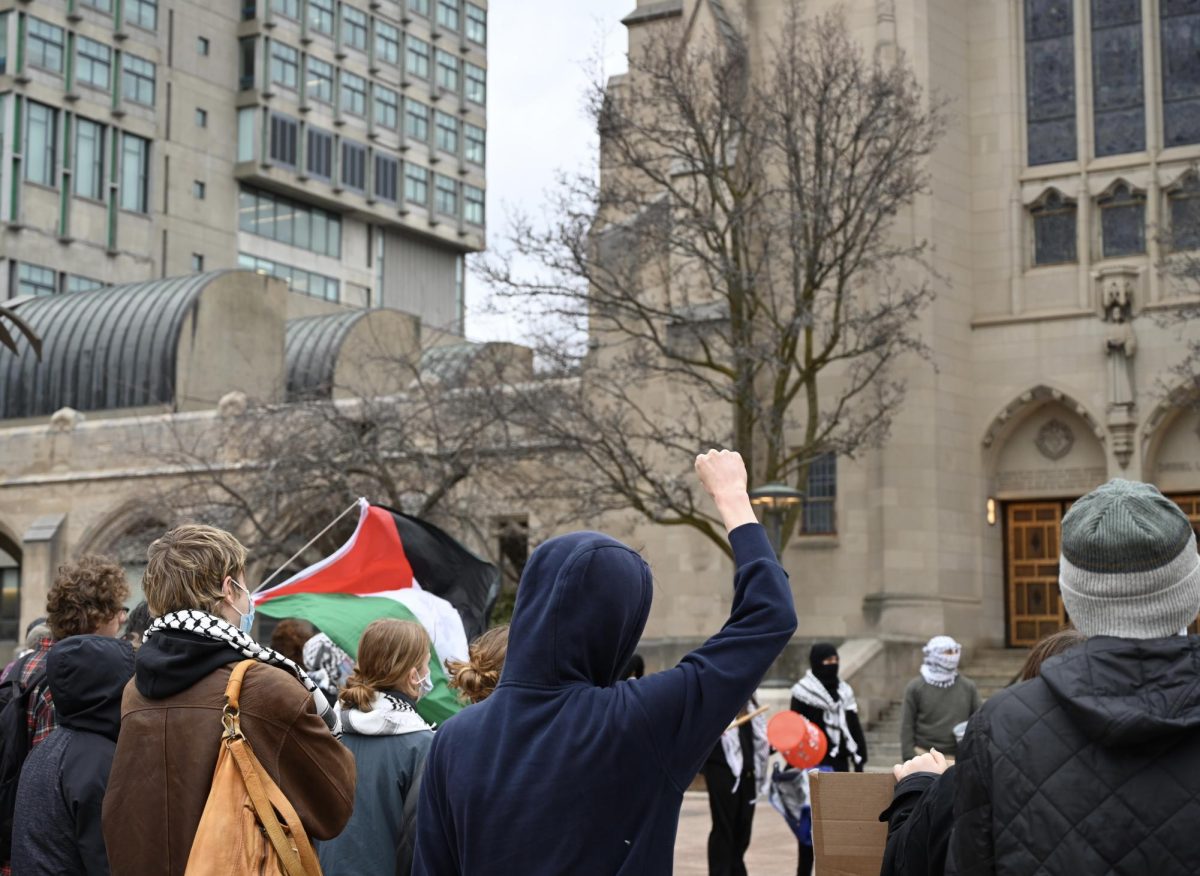Erika Garcia wanted to teach in a suburban school after graduation to avoid the violence of inner-city programs.
The School of Education senior was forced to reconsider, however, when two boys, Eric Harris and Dylan Klebold, entered Columbine High School in Littleton, Colo., with an arsenal of guns and more than 30 homemade explosives, taking the lives of 12 students, a teacher and themselves.
Garcia first learned about the Columbine tragedy, which marks its second anniversary today, in her adolescent development course at Boston University, where her class discussed the concerns facing schools today.
“My professor said that inner city schools have so much security,” Garcia recalled. “But do you realize that most big shootings happen in suburban settings with white males?”
While Garcia still wishes to teach in the suburbs, the incident, she said, has given all educators something to think about.
“Teaching itself is a hard profession,” Garcia said. “This adds a horrible twist to it.”
SED junior Coleen Potter, who is studying to be an elementary school teacher, shares Garcia’s uneasiness. In an SED class she was taking at the time, Potter said the students addressed the shootings’ relation to their chosen career paths.
“People wanted to get their fears and concerns off their chest,” Potter said. “We realized there’s an element of danger being introduced to a teacher’s career.”
Potter said such aggression may be the result of social stratification in schools, which can ostracize some children and lead to overwhelming angst.
“It’s kind of scary that those students got to the point that they needed to take out their anger in a school setting,” Potter said. “That’s where this manifests: in schools.”
Students who say the education field is changing have noticed a number of new policies and security measures already instituted in both their own high schools and others.
“After Columbine, you could only enter my high school through the front door,” said College of Arts and Sciences sophomore Andrew Pagano, who was a high school senior at the time of the shootings. “I went back last year and they had a guard at the door. Now you need a visitor pass to enter if you aren’t a student.”
College of Communication sophomore Brad Morganstern recalled a lockdown in a friend’s Atlanta high school in the weeks after the event.
“The school gave out formal IDs; you had to have a certain agenda that you were a student,” Morganstern said. “The teachers had to start wearing picture IDs right afterward.”
While the aftermath has created debate about ways of preventing school violence, Garcia finds hope in an incident that occurred in the midst of the tragedy itself.
“There was a story of the teacher who died while running back to save some students,” Garcia recalled, referring to Columbine teacher and athletic coach Dave Sanders. “I try to imagine myself doing the same thing.”




















































































































